

What would you do if your boss fired you overnight? With no more paychecks coming in, how would you pay the bills, put a roof over your head, and feed your family?
I know what I would do: nothing. Because I have several bosses, including myself. When you have multiple income streams, losing one is not that big a deal. I know you probably think you can’t work any more than you already do, with your full time job and other personal commitments.
That is fine. It doesn’t prevent you from trying to add one or more streams to your monthly income.
That can include:
- Dividends from stocks
- Interest from the bank (if you’re not getting at least 1% interest from your savings account, consider switching to a high interest savings account like this one)
- Rental income on an investment property
- Income from a room you rent on Airbnb, or from renting out your car on Turo
- Freelance income
- Extra shifts at a local store around the holidays
- A business you start on the side
- Trading options for income
- Marketing your skills, from being an awesome yogi to fixing computers
- Services rendered to neighbors
- Something relating to your passion such as basketball referee or teaching a painting class on weekends
- Passive income apps
And much more. As you often hear say when it comes to investing, don’t put all your eggs in the same basket. Solely relying on employment income is doing just that, putting yourself at risk through lack of diversification. Having several income streams makes you much stronger in case of a layoff.
As a real life example, here is where my money comes from every month:
- Rent from three tenants
- Renting a guest house via Airbnb
- Cooking for guests
- Trading forex
- Dividends
- Owning three personal finance sites
- Freelance writing
- Translation jobs
- Renting out my car and motorcycle
- Bank interest
- P2P lending
That’s 15 income streams right there (counting three rents and three websites as six streams), plus one stream per freelance or translation client. Some streams are recurring, some I only get a few times a year. Sometimes I’ll have a dozen freelance clients, sometimes I’ll have none.
What is unlikely is losing all my clients the same month my three tenants vacate my rental, the stock market crashes and all my peer to peer loans default. So while my monthly income will fluctuate, it will never be $0. And I will never have to rely on any specific one of them, like you are doing with your day job.
How Can I Get Started?
In an ideal world, you will build a stream of passive income, through dividends or real estate for example, one stream at a time, until the combined income surpasses what you make at your day job, and you become financially independent.
In reality, that does take a lot of time and hard work to achieve. But in the meanwhile, every income source is a little help when it comes to building your retirement nest egg.
Because there is an added bonus to having multiple income streams. Financial independence is a simple concept, albeit not an easy one to implement.
You need to spend way less than you earn, so you can achieve a high savings rate, which, once invested wisely for a decade or two, will bring you the freedom to not have to work for money any longer.
Spending much less than you earn can be done two ways:
- By decreasing your expenses or
- By increasing your income
If you take a good look at your expenses, you will probably find some areas where you can easily reduce waste and spending without drastically impacting your quality of life.
However, once you are down to a reasonable level of spending, the only way to cut off some more is by implementing radical changes, such as moving to a tinier place, in a worse neighborhood, or taking in a dozen roommates.
While most people can stand to significantly reduce their expenses, you can only reduce your expenses so much before you start sacrificing quality of life.
On the other hand, there is no limit to increasing your income. If you make $2,500 a month and spend $2,250, your savings rate is 10%. Bring your expenses down to $2,000, and you are saving 20% every month. Good job! However, going under $2,000 might feel like a bit of a stretch.
There’s No Ceiling On Hustle
But if you can find one client, willing to pay you $50 per week for a two hour lesson (what worked for me was tutoring, French classes and piano lessons. You can teach anything you are good at) or a freelance project, you have made another $200 this month. Find a couple more clients, and you are now making $500 more every month.
You have learned to live on $2,000, so your savings rate is now a whopping 33%. Assuming a safe withdrawal rate of 4%, you need a nest egg of $600,000 to retire on $2,000 a month.
Keep earning $3,000 and living on $2,000, and invest your savings at 8% annually, after 20 years, you will have $592,947.22 in the bank.
Financial independence is just 20 years away. If you keep living on $2,000 and making $2,500 however, it will take just over 27 years to reach financial independence. Still good news if you are a young professional in your mid 20s, you could retire in your early 50s.
But if you are in your mid 30s already, and don’t want to work past 60, you need to boost your savings rate. And nothing will help you do that better than having several income streams.

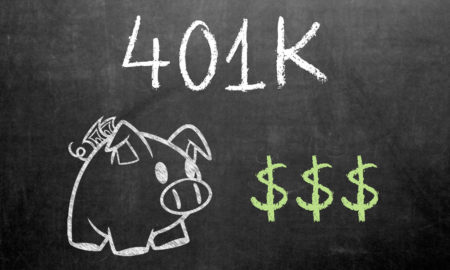



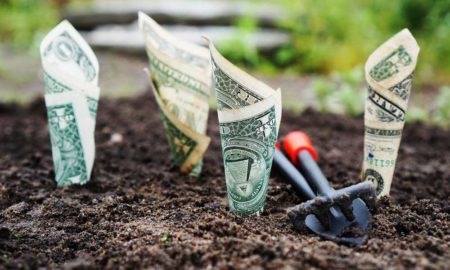
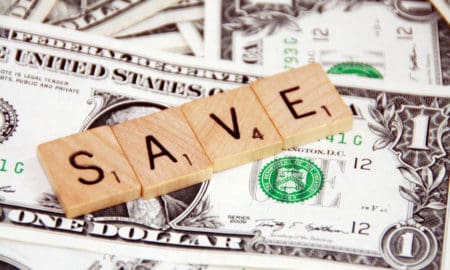










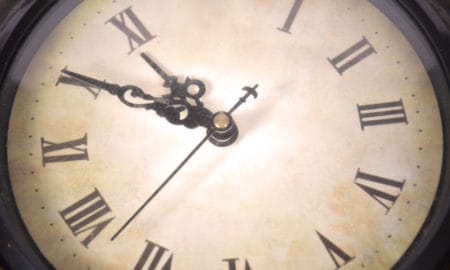
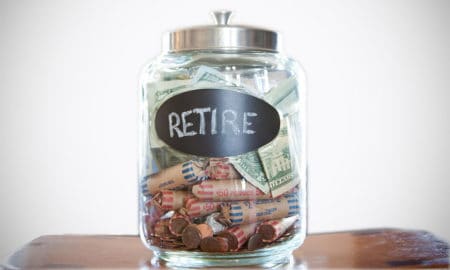

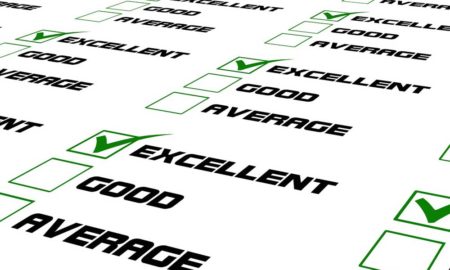


4 Comments